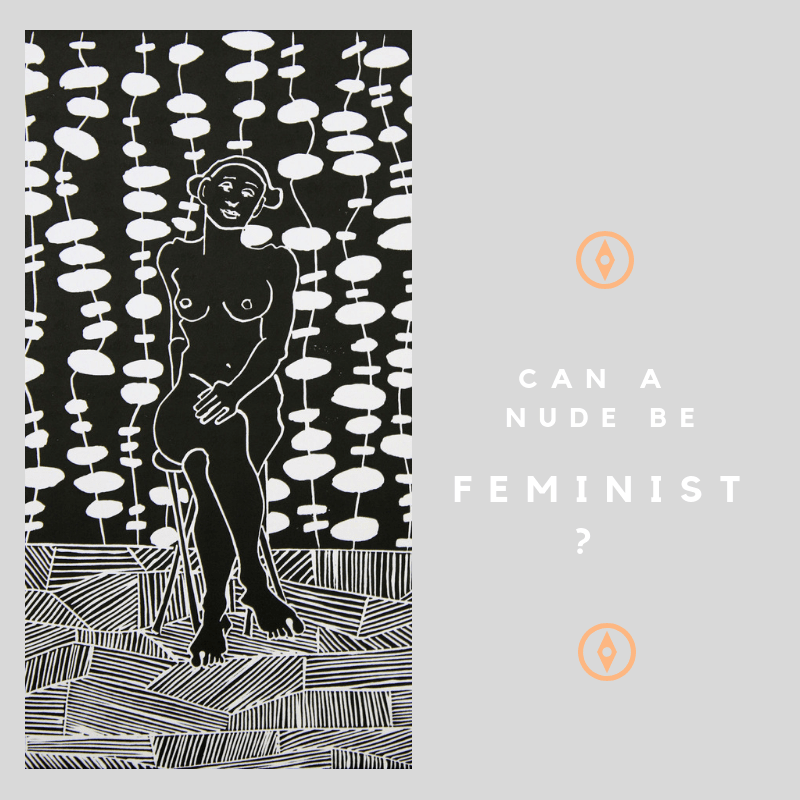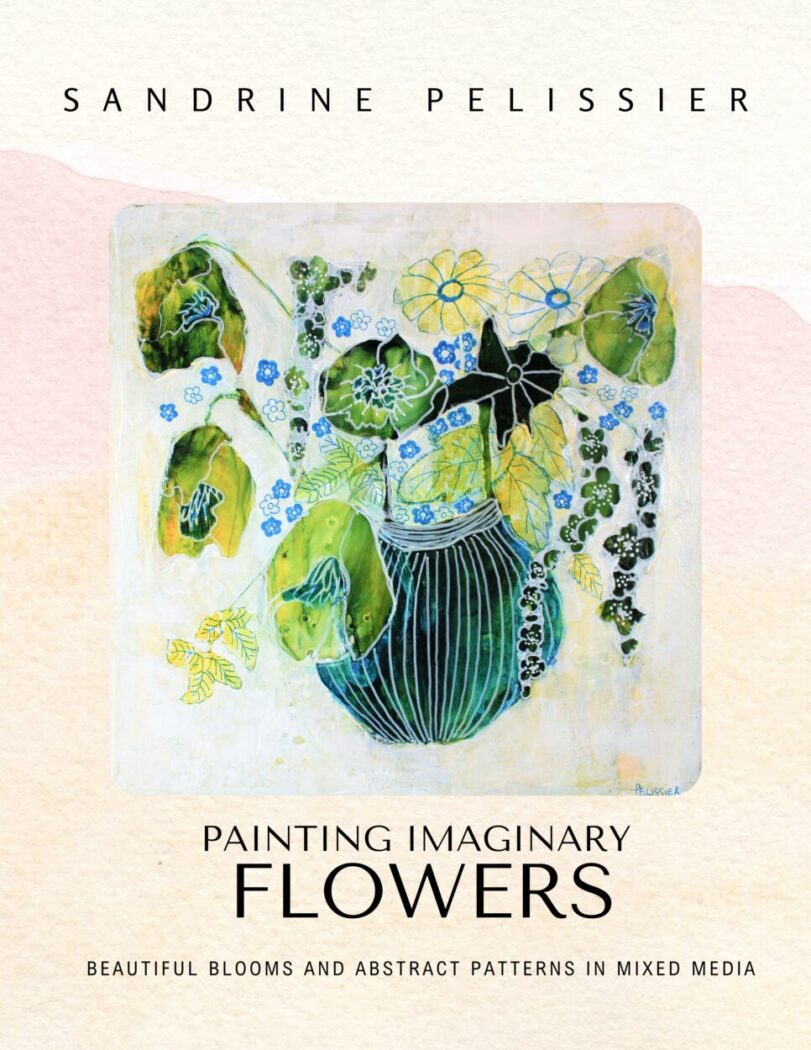Getting a new perspective, how to take a distance to better evaluate your painting
November 15, 2011 2019-02-06 13:46Getting a new perspective, how to take a distance to better evaluate your painting

Getting a new perspective, how to take a distance to better evaluate your painting
Sometimes when working on a painting or a drawing, artists can get so involved in the process that we don’t get a clear judgement of what we are actually making. That judgement can be too critical on something that looks good or we could also miss an obvious problem. The fact is when you look for too long at something , you don’t really see it anymore and when you get involved in details it becomes difficult to see the whole objectively.
Here are a few tips I used over the years to try to get a new perspective when working on a painting or a drawing, they allow me to see what I am working on with a fresh eye.
- TIME : Not the most convenient I must admit, but it might have happened to you : you found an old painting that you were ready to throw away just after finishing it and see it now, a few months or years later as not bad at all. When working on something we tend to focus on the struggles and might notice little details we dislike .Somebody looking at the painting for the first time might not see them. Sometimes, just taking a 15 minutes break and stop looking at the painting or drawing can help seeing it with a new eye.
- DISTANCE: Looking at the work from a distance also helps, you can also take a picture of the work in progress and look at it either on the screen of the camera or on your computer. I found that looking at your painting at the thumbnail scale helps a lot with composition and portrait drawing.
- MIRROR IMAGE: This is a very useful one, you can either look at a painting in a mirror or take a picture and make a mirror image on your computer.
- SURPRISE: Placing the painting/drawing in an area of your house where you might see it inadvertently can also be helpful.
- GREY SCALE : This one is good to see if you have enough tonal variety and contrast in your painting. I take a picture and make a grey scale version of it on my computer.
- COMPUTER: The computer can be helpful for more than mirror images, grey scale and scale. If you are familiar with your photo editing software you can try variations on your painting to see what directions are worth trying, you can play with adjusting brightness/contrast, vibrancy, color balance and variations of hues, adding textures etc etc….
On the grey scale subject:
A master of tonal Variety to me is Jean-Auguste-Dominique Ingres (1780-1867), a grayscale version of the “The bather of Valpincon” or of the ” Le bain Turc” shows it well, an amazing array of subtle tonalities from black to white:


















Comments (2)
6 tips to improve your paintings
[…] More techniques to evaluate your painting here: Getting a new perspective, how to take a distance to better evaluate your painting […]
lesliepaints
I like all your suggestions, Sandrine! It took me a long time to learn to “get back” and off the top of what I was working on. It also took me along time to learn that I did not have to finish a painting in one sitting. Sometimes my paintings will sit for days, while I work on others, just so I get some idea as to how to drive for a finish. I had to learn patience and, of course, that not every painting is going to be a success. Awesome post.